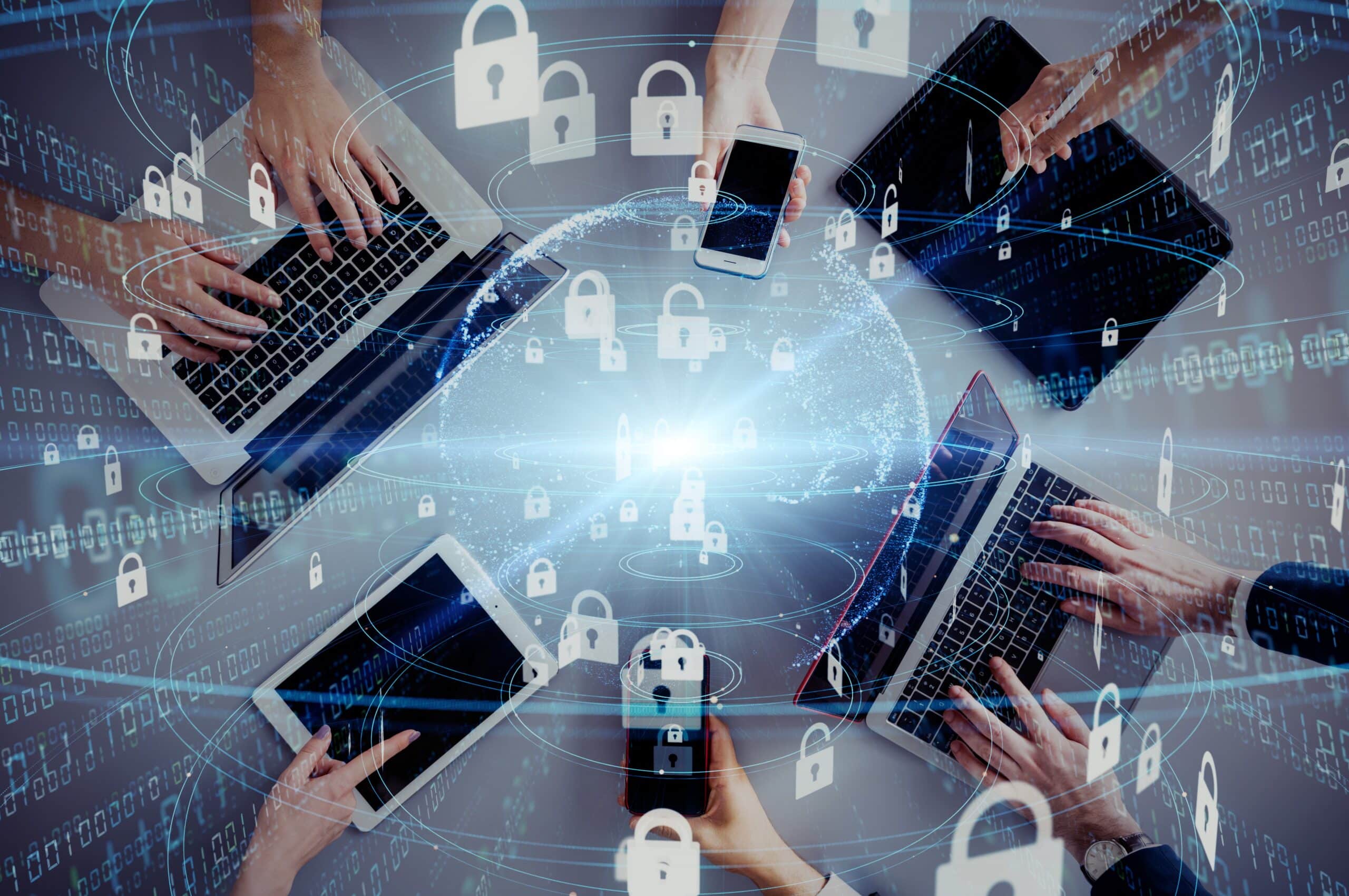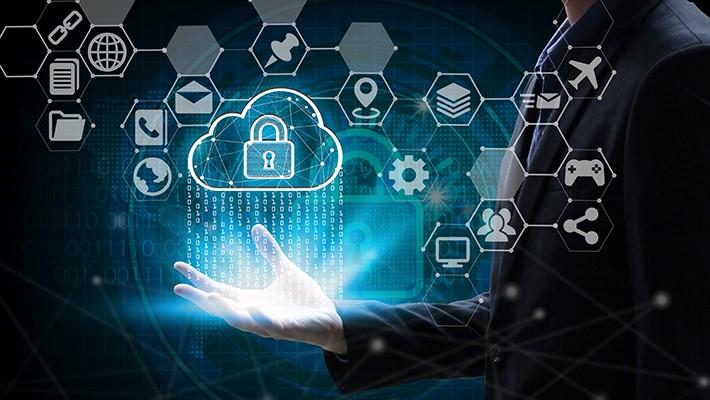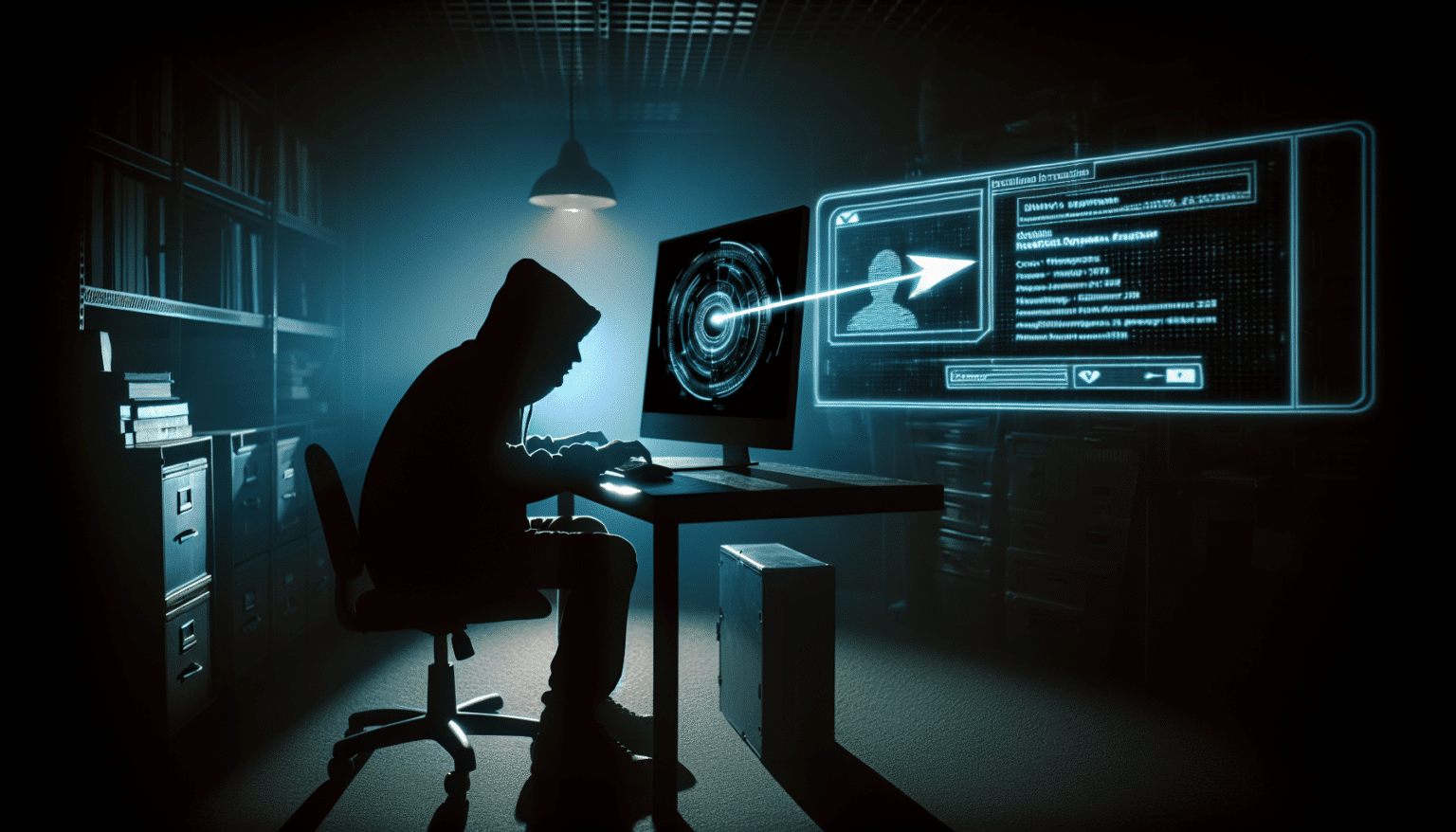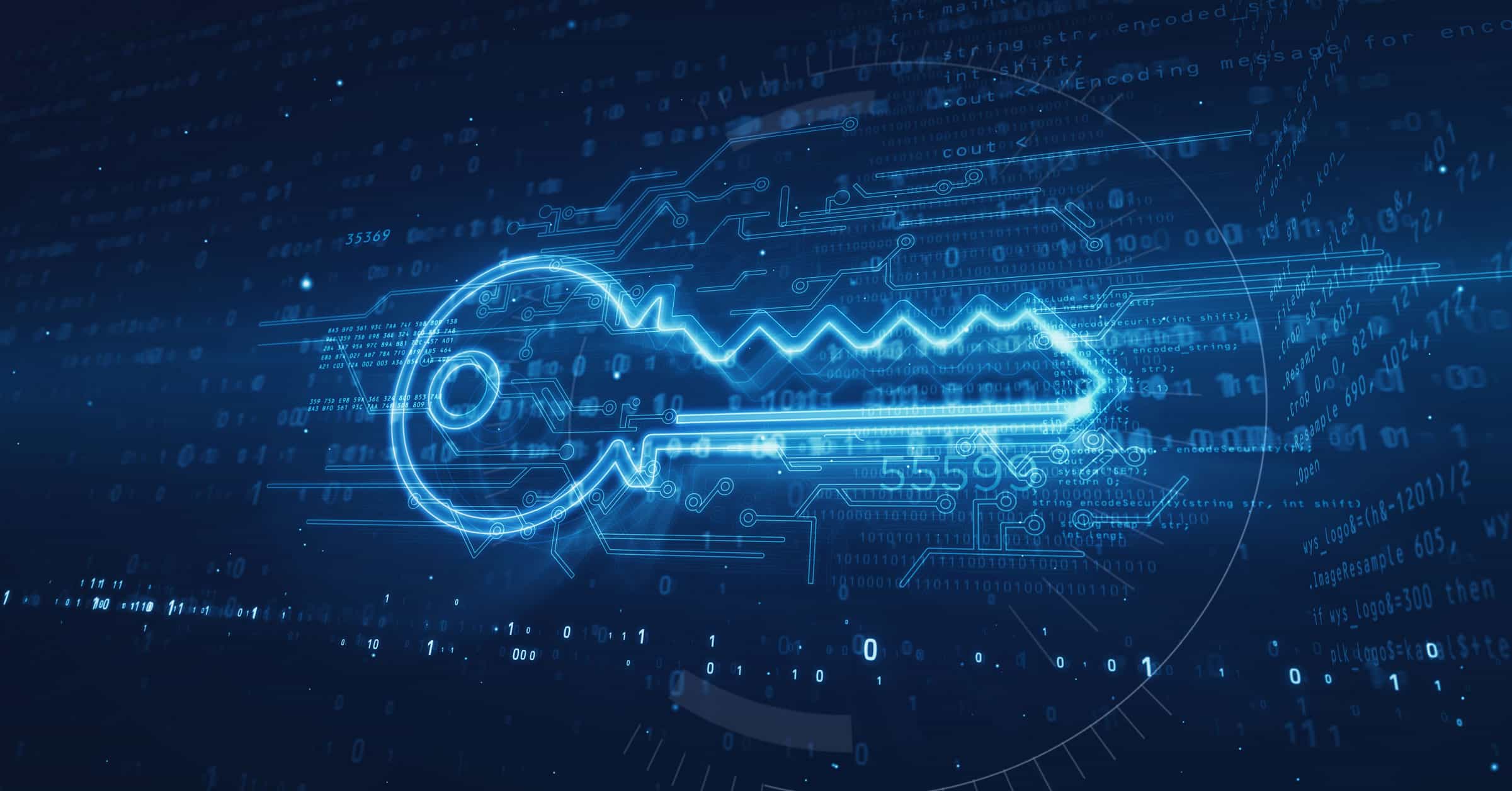In today’s rapidly evolving digital landscape, information security has become more important than ever. With each passing year, cyber threats grow more sophisticated, and the methods of attack become more diverse. As we look ahead to 2025, organizations and individuals must adopt robust IT security practices to stay ahead of cybercriminals. This article delves deep into the best IT security practices for 2025, focusing on proactive measures, emerging trends, and the technologies that will shape the future of cybersecurity.
The Growing Need for IT Security in 2025
The cybersecurity landscape is changing fast. In 2025, organizations will face an increasing number of advanced threats, from AI-powered cyberattacks to sophisticated ransomware and state-sponsored cyber warfare. The pandemic-era transition to remote work, cloud computing, and the rise of IoT (Internet of Things) have expanded the attack surface, making traditional security models less effective.
To safeguard sensitive data, ensure business continuity, and protect privacy, businesses and individuals alike must adopt advanced security practices. Effective IT security is no longer just about firewalls and antivirus programs; it requires a comprehensive, multi-layered approach to mitigate risks and safeguard digital assets.
This article will explore the best IT security practices for 2025, with a focus on cutting-edge technologies, evolving threat landscapes, and proactive measures that can be taken to defend against future cyber threats.
Key Takeaways
- AI and Machine Learning will play a central role in cybersecurity, enabling faster threat detection and automated responses.
- Zero Trust Architecture is becoming the gold standard for ensuring secure access across networks.
- Encryption will remain a cornerstone of data security, both in transit and at rest.
- Multi-Factor Authentication (MFA) is essential for securing user accounts and preventing unauthorized access.
- Cloud Security requires careful management of shared responsibility, access controls, and data protection strategies.
- DevSecOps and secure SDLC practices will ensure that software is developed with security in mind from the beginning.
- Employee Awareness and Training will be crucial in mitigating human errors, which remain a significant vulnerability in cybersecurity.
The Evolving Cybersecurity Landscape
1. The Rise of AI and Machine Learning in Cybersecurity
AI and machine learning are becoming essential tools in the cybersecurity toolbox. In 2025, organizations will increasingly rely on AI for threat detection, real-time response, and even predictive security measures. AI algorithms can process vast amounts of data, identify patterns, and recognize anomalies in real time, making them invaluable in identifying emerging threats before they cause significant damage.
- Threat Detection & Response: AI-powered systems will analyze network traffic and user behaviors to detect anomalies, such as unusual login patterns or data exfiltration attempts, often faster and more accurately than traditional methods.
- Automated Incident Response: Machine learning-based systems can trigger automated responses to mitigate or neutralize threats as they happen. For example, if AI detects a breach, it can automatically isolate affected systems, block malicious IP addresses, or initiate countermeasures to prevent data loss.
- Predictive Analytics: AI will be crucial in predicting future attacks by analyzing historical data to anticipate threats based on trends. For example, AI can identify potential attack vectors or predict which vulnerabilities might be exploited.
2. Zero Trust Security Architecture
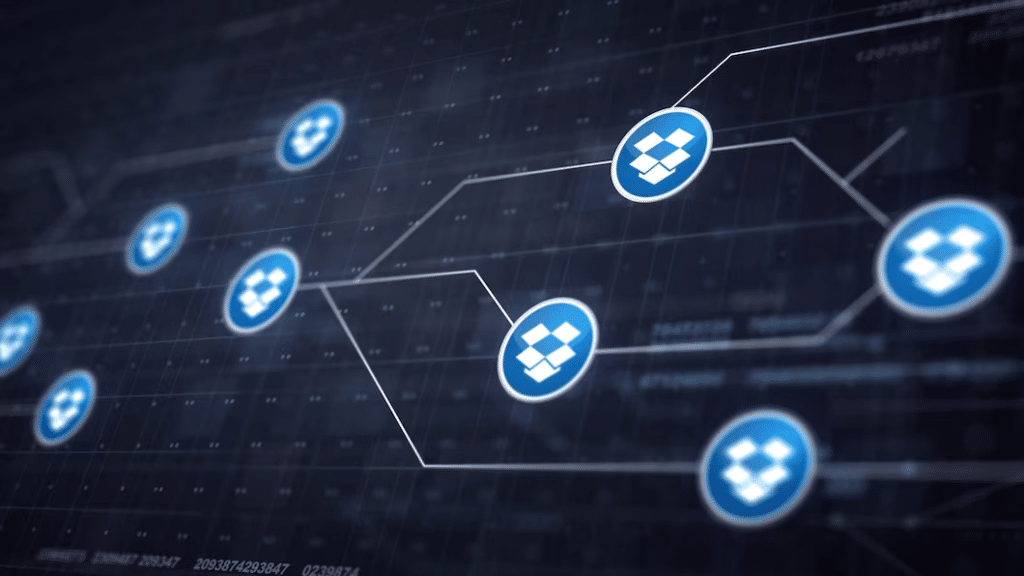
Zero Trust is a security model that assumes no entity—whether inside or outside the organization—should be trusted by default. This approach is gaining traction as businesses become more reliant on cloud computing, remote work, and third-party services.
In 2025, Zero Trust will be a foundational security framework for organizations. Key components of the Zero Trust model include:
- Identity and Access Management (IAM): Identity verification is central to Zero Trust. Every user and device is authenticated continuously to ensure that only authorized entities can access systems and data.
- Least Privilege Access: Users and systems are granted only the minimum level of access necessary to perform their tasks, reducing the risk of insider threats and lateral movement within the network.
- Micro-Segmentation: Zero Trust emphasizes network segmentation to limit the impact of any potential breach. Even if an attacker compromises one part of the network, micro-segmentation ensures they cannot freely move to other areas of the organization.
- Continuous Monitoring: Zero Trust requires continuous monitoring of users, devices, and network traffic, ensuring that any unusual or suspicious activity is flagged and addressed immediately.
3. Encryption Everywhere
As data privacy becomes an even greater concern in 2025, encryption will continue to be one of the most effective ways to protect sensitive information. End-to-end encryption (E2EE) will become the standard across communications, cloud storage, and data transmission.
- Data-at-Rest Encryption: Encrypting stored data ensures that even if an attacker gains access to physical devices or cloud systems, they cannot read the data without the decryption key.
- Data-in-Transit Encryption: Encrypting data in transit—whether through email, web traffic, or other communication methods—ensures that information is protected from interception and tampering during transmission.
- Homomorphic Encryption: A developing technology, homomorphic encryption allows computations to be performed on encrypted data without needing to decrypt it first. This will be especially important for processing sensitive data in cloud environments without exposing it to external risks.
4. Multi-Factor Authentication (MFA)
While MFA has been around for several years, it will be an even more critical security measure in 2025. Passwords alone are no longer enough to protect sensitive data, and with the increasing sophistication of cyberattacks, MFA adds a crucial layer of defense.
By 2025, MFA will be ubiquitous across all organizations. Instead of relying on a single method (like a password), MFA requires users to provide at least two forms of authentication:
- Something You Know: This is typically a password or PIN.
- Something You Have: A physical device such as a smartphone, hardware token, or smart card.
- Something You Are: Biometric authentication such as fingerprint recognition, facial recognition, or voice verification.
Adopting strong MFA practices reduces the risk of credential-based attacks like phishing, password spraying, and credential stuffing.
5. Cloud Security Best Practices
As businesses increasingly move to the cloud, securing cloud-based environments will be critical in 2025. Cloud platforms offer numerous benefits, but they also present new security challenges.
- Shared Responsibility Model: In cloud environments, security is a shared responsibility between the cloud provider and the customer. Organizations must understand which aspects of security they are responsible for, such as encryption and access control, and ensure they are implementing proper measures.
- Cloud Access Security Brokers (CASBs): CASBs are tools that provide visibility and control over cloud services and enforce security policies. They help ensure that data is protected in the cloud and that only authorized users can access it.
- Data Loss Prevention (DLP): DLP tools help monitor and prevent the unauthorized sharing of sensitive data across cloud services, ensuring that organizations maintain control over their critical assets.
- Cloud-native Security Tools: Many cloud providers offer built-in security features like automated patching, network monitoring, and threat detection. Leveraging these tools can strengthen an organization’s overall security posture.
6. Secure Software Development Life Cycle (SDLC)
As more businesses develop custom applications and deploy software updates frequently, securing the software development lifecycle (SDLC) will be crucial. In 2025, security will be integrated into every phase of development, from planning to deployment.
- Shift Left Security: This concept involves integrating security early in the development process, rather than waiting until the testing phase. By adopting security practices from the start, organizations can identify vulnerabilities before they make it into production.
- Automated Code Scanning: Tools like static and dynamic application security testing (SAST and DAST) help identify vulnerabilities in the code during the development process. These tools scan code for weaknesses and can automatically suggest fixes.
- Secure DevOps (DevSecOps): DevSecOps emphasizes security collaboration within development teams. Security is integrated into the DevOps pipeline to ensure that software is developed securely and compliance is maintained throughout.
7. Employee Training and Awareness
Human error remains one of the weakest links in cybersecurity, and the importance of educating employees about security best practices cannot be overstated. By 2025, organizations will need to make cybersecurity training a continuous part of their workforce culture.
- Phishing Simulations: Conduct regular simulated phishing attacks to train employees on how to recognize phishing emails and malicious links. This helps reduce the success of social engineering attacks.
- Security Awareness Campaigns: Regularly remind employees of the latest security threats, safe practices, and organizational policies. Security awareness should be an ongoing process, not a one-time event.
- Promote a Security-first Culture: Encourage a culture where employees feel responsible for protecting organizational assets and feel comfortable reporting suspicious activity.
Multi-Factor Authentication (MFA)
Multi-factor authentication (MFA) has become a critical component of any modern IT security strategy, and its importance will only grow in the coming years. In 2025, MFA should be considered a baseline security control for all sensitive systems and data.
MFA requires users to provide two or more verification factors to gain access to systems, such as:
- Something you know (e.g., a password or PIN).
- Something you have (e.g., a smartphone app for generating a one-time passcode or a hardware token).
- Something you are (e.g., biometric verification like fingerprint scans or facial recognition).
With cybercriminals increasingly leveraging phishing attacks and credential stuffing techniques, MFA offers a strong defense against unauthorized access and helps prevent data breaches.
AI and Machine Learning for Threat Detection
The use of artificial intelligence (AI) and machine learning (ML) in cybersecurity will continue to expand in 2025. These technologies can analyze vast amounts of data in real time to detect unusual behavior, identify threats, and respond to incidents more quickly than traditional methods.
AI and ML can:
- Analyze network traffic for signs of unusual activity or malware.
- Predict and detect new attack patterns by learning from historical data and adapting to evolving threats.
- Automate incident response to reduce the time it takes to contain and mitigate attacks.
By integrating AI and ML into their security infrastructure, organizations can improve their threat detection capabilities and stay ahead of cybercriminals.
Regular Security Audits and Penetration Testing
Regular security audits and penetration testing are essential practices for identifying vulnerabilities within an organization’s infrastructure. In 2025, businesses should prioritize proactive security testing to ensure that they are not only compliant with industry regulations but also prepared for new threats.
- Security Audits: These comprehensive assessments evaluate an organization’s security policies, processes, and technologies. They help identify weaknesses and recommend improvements.
- Penetration Testing: Ethical hackers simulate real-world attacks to identify vulnerabilities that could be exploited by malicious actors.
By conducting these tests regularly, businesses can stay one step ahead of potential attackers and ensure their defenses remain robust.
Endpoint Security
With the rise of remote work, the number of endpoints connected to organizational networks has expanded dramatically. These endpoints—such as laptops, smartphones, tablets, and IoT devices—are often targeted by cybercriminals as entry points into corporate systems.
In 2025, businesses must implement comprehensive endpoint security strategies to safeguard their networks. Key practices include:
- Endpoint Detection and Response (EDR): EDR solutions monitor and respond to suspicious activity on endpoints, providing real-time threat intelligence.
- Antivirus and Anti-Malware Software: These traditional security tools are still essential for detecting and preventing malware.
- Mobile Device Management (MDM): For organizations with a mobile workforce, MDM solutions help enforce security policies on smartphones and tablets.
Ensuring that endpoints are secure is critical for protecting against ransomware, phishing attacks, and data exfiltration.
Cloud Security

As more businesses migrate to the cloud, securing cloud infrastructure is becoming a top priority. In 2025, organizations must adopt cloud-specific security practices to mitigate the risks associated with cloud environments.
Best practices for cloud security include:
- Data Encryption: Encrypt sensitive data both at rest and in transit to ensure it remains protected, even if compromised.
- Identity and Access Management (IAM): Implement strong IAM policies to control who has access to cloud resources and what actions they can perform.
- Cloud Security Posture Management (CSPM): Use CSPM tools to continuously monitor cloud configurations and ensure they adhere to best practices and regulatory requirements.
By adopting these cloud security practices, organizations can protect their data and infrastructure from unauthorized access, data breaches, and misconfigurations.
Employee Training and Awareness
Cybersecurity is not just about technology—it’s also about people. In 2025, human error will remain one of the leading causes of data breaches and cyber incidents. Therefore, employee training and awareness programs must be a cornerstone of any IT security strategy.
Effective training programs should cover:
- Phishing Awareness: Employees should be taught to recognize and report phishing emails, which remain a common vector for attacks.
- Password Hygiene: Staff should be educated on the importance of strong, unique passwords and how to avoid reusing credentials across multiple platforms.
- Incident Reporting: Employees should know how to report suspicious activity and potential security incidents.
By fostering a security-conscious culture, organizations can reduce the likelihood of successful attacks and minimize the impact of human error.
Data Privacy and Compliance
As data protection laws become more stringent, compliance with regulations such as the GDPR (General Data Protection Regulation) and CCPA (California Consumer Privacy Act) will be essential in 2025. Failure to comply with these regulations can result in hefty fines and reputational damage.
To stay compliant, organizations should:
- Conduct Data Privacy Impact Assessments (DPIAs): These Assessments evaluate the impact of new projects on data privacy and ensure that appropriate safeguards are in place.
- Ensure Data Minimization: Collect only the data necessary for business operations and securely store it for the minimum duration required.
- Implement Strong Access Controls: Ensure that sensitive data is accessible only to authorized individuals and that its use is closely monitored.
By prioritizing data privacy and compliance, businesses can mitigate the risk of legal repercussions and build trust with their customers.
Read Also : What Are The Key Elements Of A Strong Network Security Plan?
Conclusion
As we move toward 2025, cybersecurity will continue to evolve in complexity and sophistication. Organizations must adopt a proactive, multi-layered approach to security, integrating AI, Zero Trust, encryption, and other emerging technologies into their IT infrastructure.
The future of IT security lies in combining cutting-edge technology with a strong security culture, where employees, systems, and processes work together to identify and mitigate risks. By following the best practices outlined in this article, organizations can better prepare themselves for the challenges ahead and protect their most valuable assets from the ever-growing threat of cyberattacks.
FAQs
What is the biggest cybersecurity threat in 2025?
- AI-driven cyberattacks and sophisticated ransomware attacks are likely to be the most significant threats in 2025. These attacks can automate large-scale breaches, making them more difficult to prevent and mitigate.
What is Zero Trust Security?
- Zero Trust is a security framework that assumes no one, whether inside or outside the organization, should be trusted by default. It relies on continuous authentication, least-privilege access, and micro-segmentation.
Why is MFA important for cybersecurity?
- MFA adds an extra layer of security beyond just passwords. Even if a password is compromised, the attacker would need to bypass additional authentication methods, reducing the risk of unauthorized access.
How will AI improve cybersecurity?
- AI will help detect threats faster, automate responses, and predict future attacks based on patterns. It will analyze vast amounts of data, making it easier to spot anomalies and vulnerabilities.
What are cloud security best practices?
- Some cloud security best practices include understanding the shared responsibility model, using Cloud Access Security Brokers (CASBs), employing encryption, and implementing data loss prevention strategies.
What is the role of encryption in IT security?
- Encryption protects sensitive data by encoding it in a way that only authorized users can decrypt. It ensures that even if data is intercepted or stolen, it cannot be read or tampered with.
Why is employee training important for cybersecurity?
- Human error remains a major security vulnerability. Regular employee training on recognizing threats like phishing, adhering to security protocols, and maintaining secure passwords is essential to reducing cyber risks.

